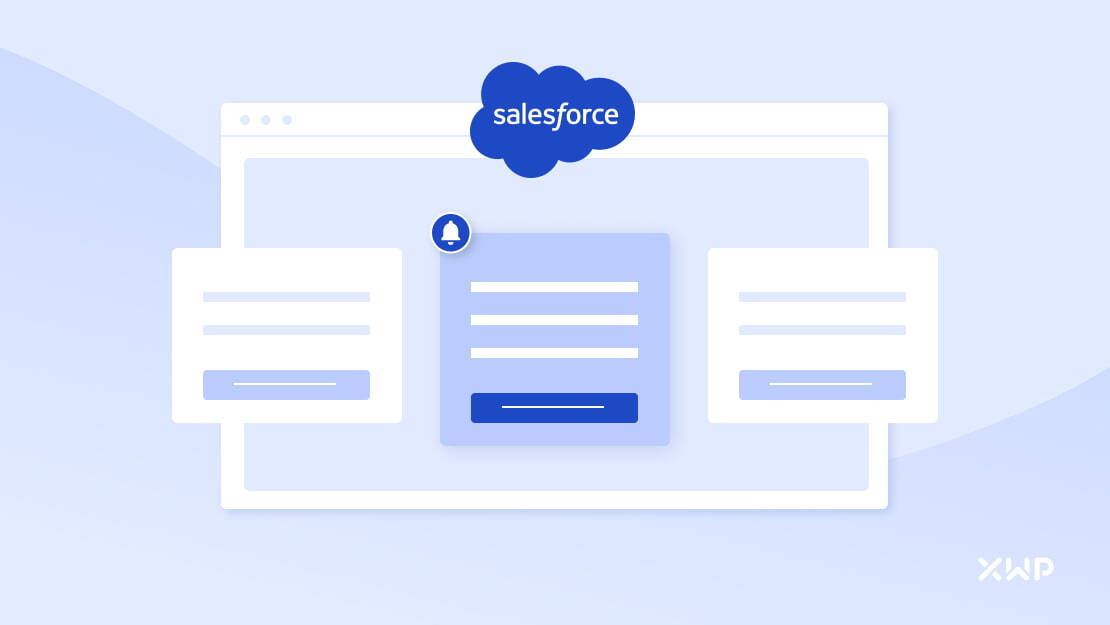In the digital age content is king, but monetization remains the queen that sustains the kingdom.
We’ve implemented paywall systems for some of the biggest names in media and tech, creating systems that strategically blend positive user experience (UX) and revenue generation.
One of the most important things about implementing a balanced paywall system is finding a middle ground between access and income: Being able to provide a quality experience for your readership, while still producing revenue on premium content.
In one recent example, we created a paywall, powered by Zephr, Stripe, Salesforce, and WordPress, that followed a repeatable and scalable process, perfectly balancing content access and SEO with the need to generate income. Here’s how:

The Art of Balancing Access and Income
Step One: Proving Value
The first step to balancing UX and revenue generation is proving the value of your content.
In our recent real-world example, new/unsubscribed visitors can enjoy up to five full premium articles of their choice without restriction or ads, allowing them to sample the content before purchasing.
This approach creates a foundation for the publisher to prove the quality of their content— and crucially, without disrupting the reading experience, before moving into the sales and subscription (conversion) process.
Step Two: Data Capture
Step two is about capturing data (with consent, of course!)
When a reader engages with the third free article, a gentle nudge in the form of an embedded pop-up encourages them to provide their email address and join the publisher’s email marketing list. Doing so unlocks access to two additional articles free of charge.
This is a crucial step, as it allows the publisher to run re-targeting campaigns in the eventuality the user does not convert. For those who are on the fence, it also enables them to further solidify interest by offering unrestricted access to two additional premium articles.
Step Three: Conversion
The final major step is all about conversion. Creating a subscriber from a free reader.
As readers reach their fifth article, they encounter a clear reminder of the value proposition of the publisher’s content. A personalized Salesforce landing page that transparently communicates the subscription process is then shown to the user, and access to further premium articles becomes blocked.
The transition from casual reader to subscriber is seamless, thanks to full integration with Salesforce, meaning that premium sign-ups can start reading articles instantly.
This approach also means that readers who only need access to one or two articles can access them unimpeded, helping manage brand perception amongst free users.

Behind the Scenes
The technical orchestration behind this paywall is noteworthy.
Salesforce serves as the communication hub with Stripe and Zephr, ensuring user information is accurately captured and managed. Meanwhile, WordPress stays out of the validation process, focusing instead on what it does best — delivering content and displaying prompts at the right moment.

Best Practices and SEO Considerations
Incorporating paywalls into content-rich sites requires a thoughtful approach to SEO. Allowing free articles ensures search engines can still index valuable content, driving organic traffic to the site. The paywall implementation respects SEO best practices by not hiding all content behind a subscription, thus maintaining visibility and discoverability.
Innovative paywall systems like this one demonstrate how strategic partnerships and smart technology solutions can align to create a sustainable business model in the digital publishing landscape.
By focusing on best practices and SEO, our client has been able to ensure that its content remains accessible and its future profitable.


